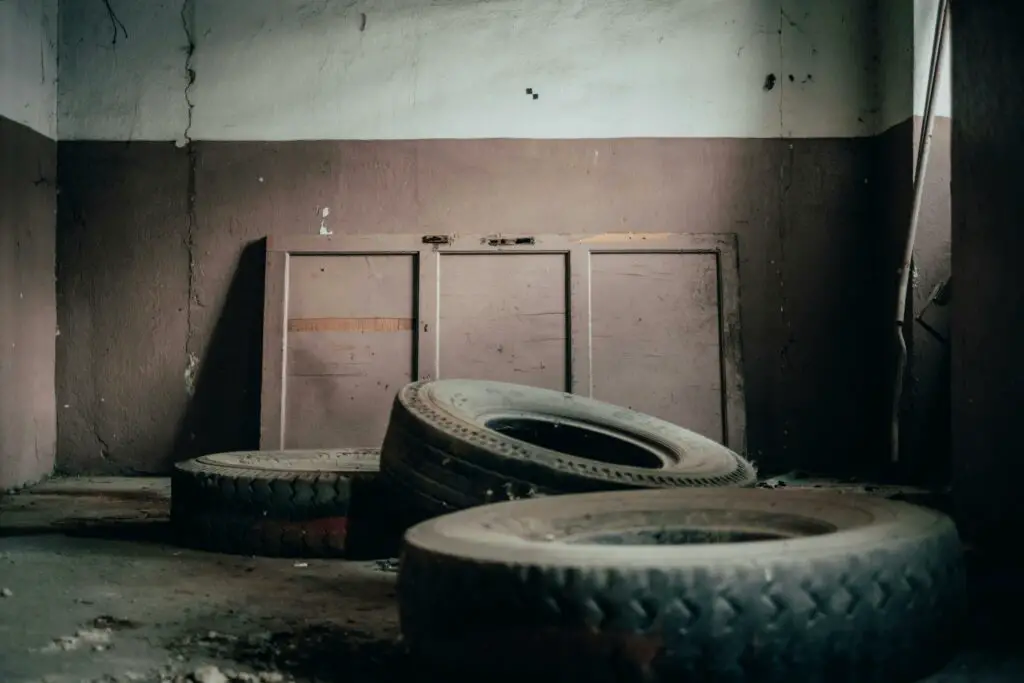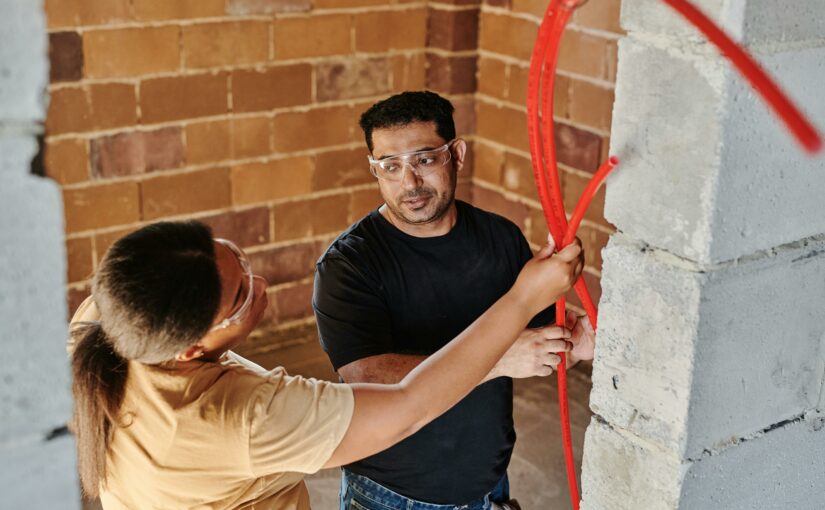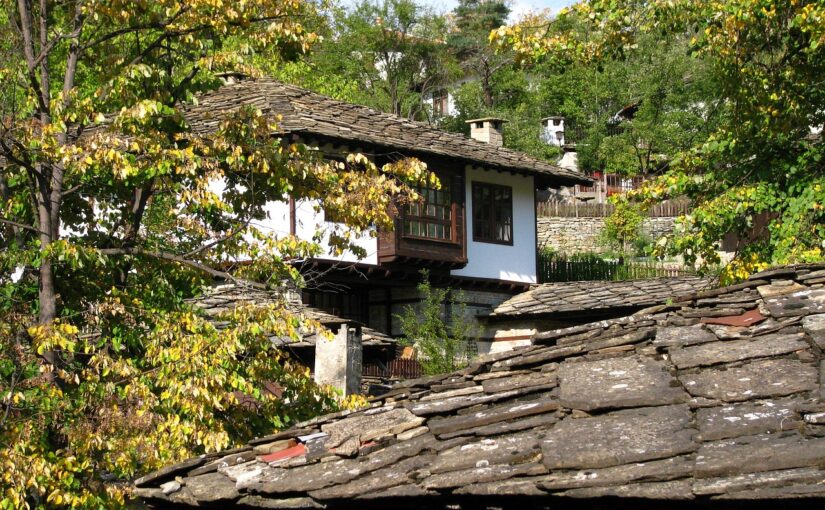Are you overwhelmed with the pile of rubbish impacting the aesthetics and functionality of your property? Taking steps towards a cleaner, more organized environment is beneficial in countless ways.
Regular cleanup not only improves the appearance of your home but also maximizes its value. However, dealing with waste can be a daunting task. If you’re struggling with clutter or need an old mattress removed, don’t fret – solutions are readily available.
Same Day Rubbish Removal Melbourne offers professional and affordable services to take care of your waste collection needs, making property cleanup easier than ever for you.
The Need for Affordable Cleanup
Every property warrants regular rubbish removal to maintain a healthy, clean environment. An affordable cleanup solution is essential for both homeowners and business owners.
Cleanups can be costly; hence the need for economical solutions. These solutions not only save money, but they also mitigate environmental damage attributed to improper waste disposal.
| Type of Waste | Environment Impact | Removal Cost |
| Hazardous Waste | Highly Detrimental | Premium Cost |
| Biodegradable Waste | Moderate to Low Impact | Average Cost |
| Recyclable Waste | Low Impact | Low Cost/Earn Recycle Credits |
| Mixed Waste | Variable Impact | Average to High Cost |
An affordable cleanup service should prioritize recycling and proper separation of waste. This helps in reducing eventual costs and environmental impact.
A quality service will dispose of waste responsibly, following local regulations. This ensures you aren’t contributing negatively to your community or the planet.
You can find comprehensive data on the economics of land cleanup and waste management at the Environmental Protection Agency.
What We Can Remove
Wondering what type of waste can be hauled away? Certain junk removal services, such as SDRRM, efficiently take care of a variety of items.
Household Junk
You can bid goodbye to all your household rubbish. It includes everyday materials like food packaging, containers, clothes, electronics, and even broken appliances.
Additionally, various furniture elements viz. desks, chairs, mattresses, and more also fall under this category. Helping you maintain a clutter-free living environment.
Construction Debris
Home improvements or construction sites tend to accumulate a significant amount of waste. They may comprise old wooden panels, shingles, or drywall leftovers.
These service providers ensure you are free from the worry of disposing of construction debris. They efficiently handle fragments of metal or plastic as well.
Yard Waste
Garden residuals are another category entirely – you can have them cleared out easily. Leaves, organic matter or tree branches count as yard waste.
Necessary assistance is provided so that you can convert your overgrown and untidy lawn into a beautiful garden space once again without any hassle.
Unacceptable Waste Types
When you’re planning a property cleanup, understanding which types of waste are unacceptable for removal services is crucial.
What materials are considered hazardous?
Hazardous materials include items like paint, batteries, and electrical equipment. These require specific disposal techniques and can’t be included in general rubbish removal.
Are tires categorized as unacceptable waste?
Yes, tyres do fall under the category of unacceptable waste. They require a special recycling process and should not be mixed with other waste.

Is garden waste unacceptable?
No, most rubbish removal services accept garden waste. Yet, it’s always better to double-check as some may have restrictions on green waste acceptance.
What should I do with unacceptable items?
Many council sites offer special facilities for disposing of hazardous waste. Try finding local solutions for the responsible disposal of these materials by visiting this Recycling Guide.
Can I dispose of medical waste at home?
No, medical and healthcare wastes contain harmful biohazards and should not be disposed of with regular household items or through general rubbish removal services.
Exploring Pickup Options
Throwing out rubbish may seem challenging at first. However, your local waste management organization likely provides pickup options you can explore to simplify the process.
Curbside Service
Your local waste management may offer curbside pickup, making rubbish removal convenient. Ensure you adhere to their rules regarding waste segregation and collection times.
If curbside service isn’t offered, it’s essential to find other local solutions. These may include drop-off centers or recycling facilities.
Hiring Professionals
Another option is hiring professional rubbish removal services. They can affordably handle bulkier items often challenging to dispose of via regular waste pick-up routes.
No matter the method chosen, selecting the right removal option ensures a cleaner, tidier property without breaking your budget or overburdening your schedule.
Rubbish Removal Costs
Running a clean household or property can often mean dealing with mountains of waste. Understanding the charging mechanism for various rubbish removal solutions is crucial.
Per-Gallon Charges
Waste management services typically charge based on how much rubbish they’ll need to collect. Let’s say they use gallon containers for collection and measurement.
You pay per gallon filled. This payment method is common in some premises like apartments, where rubbish volume can consistently be the same.
Junk Pickup Rates
If bulkier items like furniture or appliances constitute your waste, traditional junk pickup may be your go-to option. You would pay based on size and weight.
This allows you to declutter more sizable oddments all at once. While offering a one-off charge, it’s essential to note weight directly impacts the cost.
Rental Dumpster Fees
When dealing with large-scale waste like after major renovation works, renting dumpsters could be your best fit. Rentals attract daily, weekly, or monthly charges, depending on the agreement.
Rental dumpsters provide you with a predetermined leaderboard capacity for waste, thus ensuring a more manageable rubbish hive during cleanups. Payment is proportional to dumpster size and rental length.
Junk Removal’s Community Impact
Eliminating unnecessary clutter significantly boosts a community’s aesthetics. The visual appeal of clean and organized neighborhoods contributes to overall inhabitants’ well-being.
An organized environment fosters interaction among community members. The availability of garbage removal facilities encourages collective effort toward cleanliness.
- Reduced landfill waste: Efficient rubbish removal decreases the amount of waste that ends up in landfills, leading to less environmental contamination.
- Promotes recycling efforts: Junk removal enables the separation and recycling of waste, decreasing the strain on natural resources and promoting a circular economy.
- Inspires community participation: Proper disposal procedures inspire others to do their part, fostering a strong sense of community responsibility.
- Contributes to public health: Clean neighborhoods reduce diseases associated with poor sanitation, leading to healthier, happier communities.
Your neighborhood will appear more inviting when it is free of unnecessary waste. This cultivates a harmonious environment where everyone feels content and safe.
Junk removal services not only help keep your surroundings clean but also make a positive impact on the broader community around you. Enhancing Living Spaces
Handling waste efficiently can make a huge difference in your living spaces. It’s about more than just cleanliness; it’s about enhancing your lifestyle.
Being diligent with rubbish removal is a practical way to improve your property’s appearance. A clean space has a refreshing feel that everyone appreciates.
- Organizing Routine Cleanups: This regular practice ensures there’s no buildup of waste around your premises
- Hiring Professional Services: If the job is too daunting, professionals can handle it efficiently and responsibly.
- Reusing and Recycling: Some waste materials can find their second life, contributing less to landfill deposits.
- Promoting Community Cleanup: Encourage neighbors to partake in local cleanup initiatives, fostering a healthier environment.
Your environment significantly influences your overall well-being. Implementing effective waste management strategies enhances aesthetic value and promotes hygiene.
Rubbish removal solutions are more than just tidying up; they’re about creating a livable space, free from clutter, health risks, and visual nuisances.
Your Final Call
Don’t let rubbish mar your property’s appeal. Act now and do your bit for the community. Discover precisely what you can remove at Same Day Rubbish Removal and prepare for a cleaner, spacious, and more fulfilling living space.
















